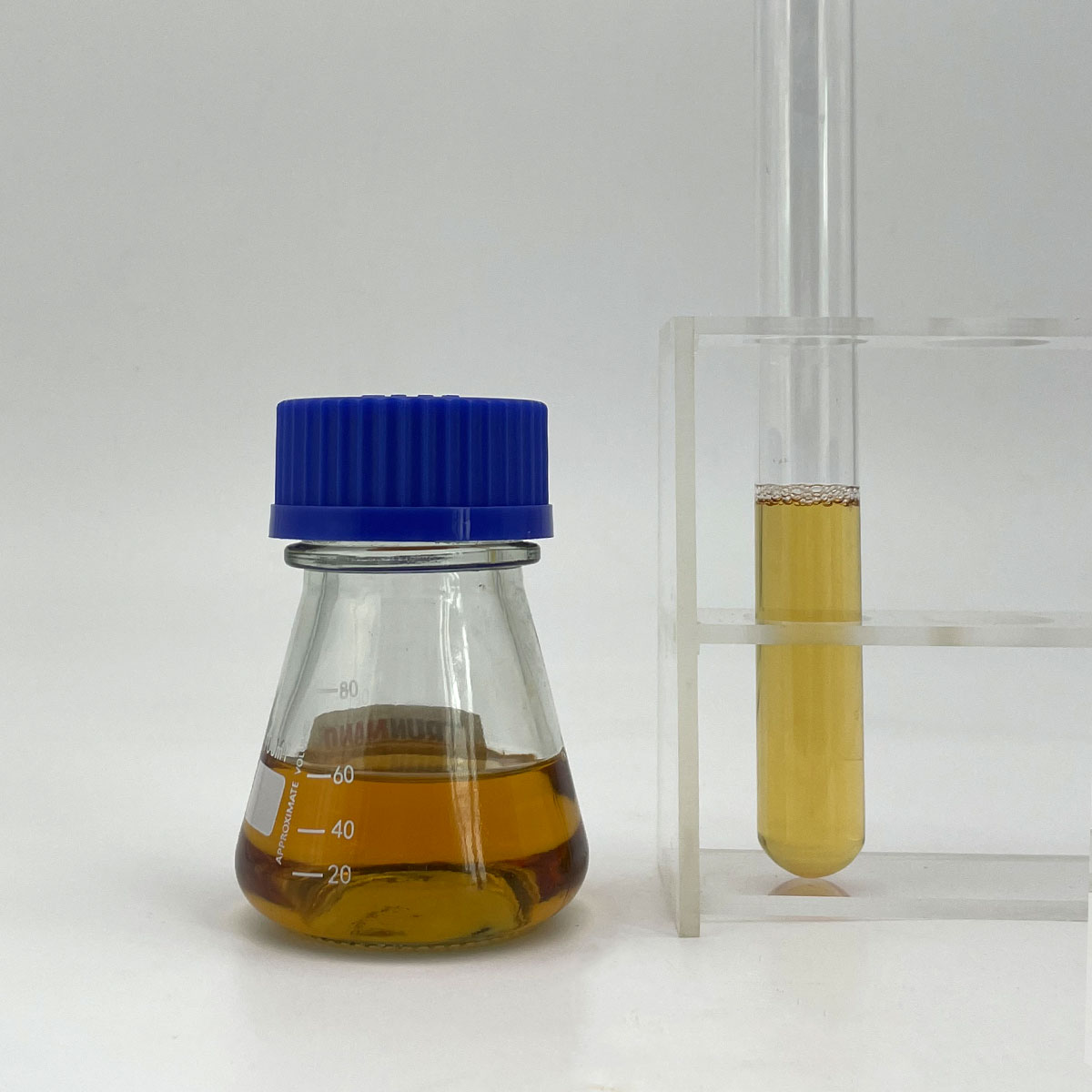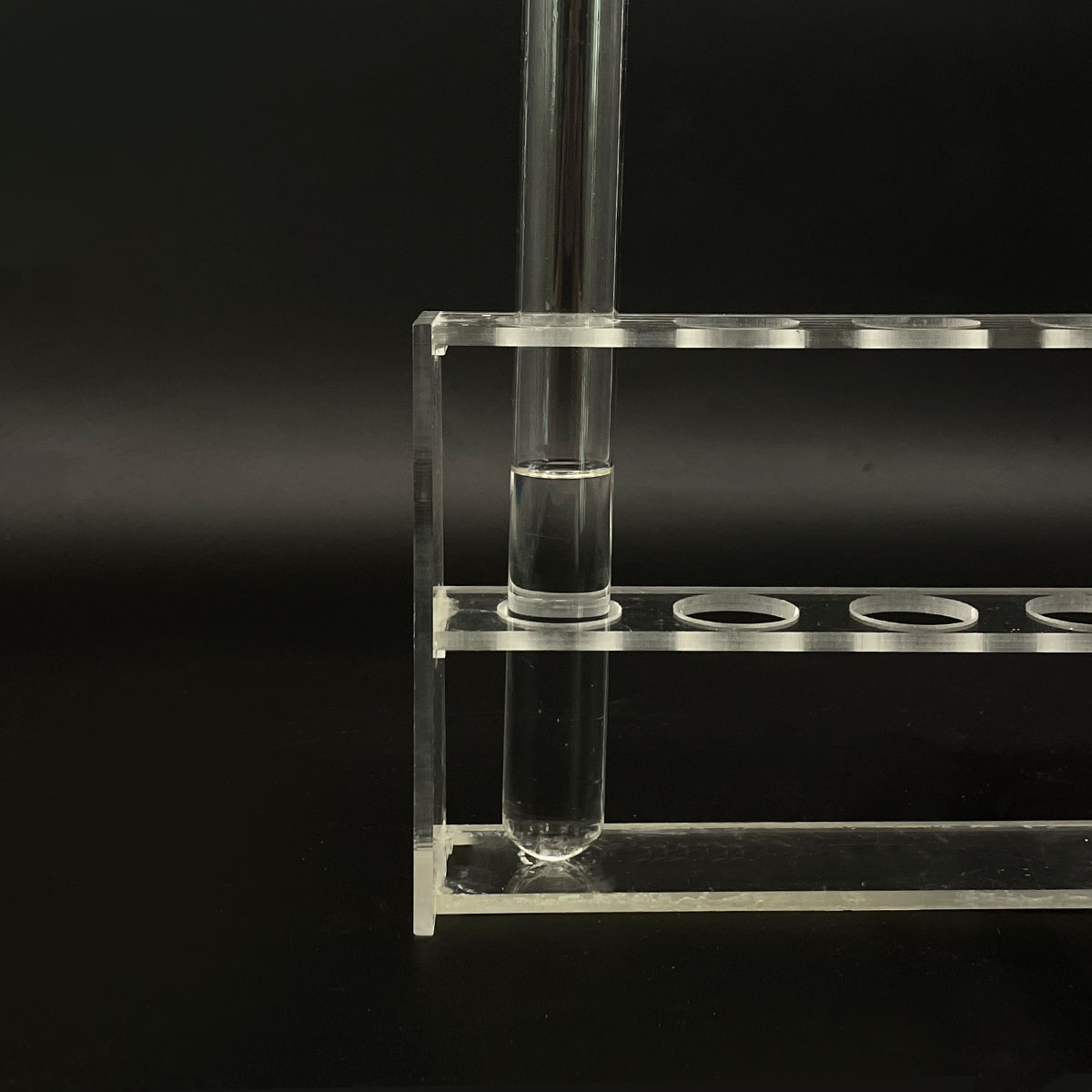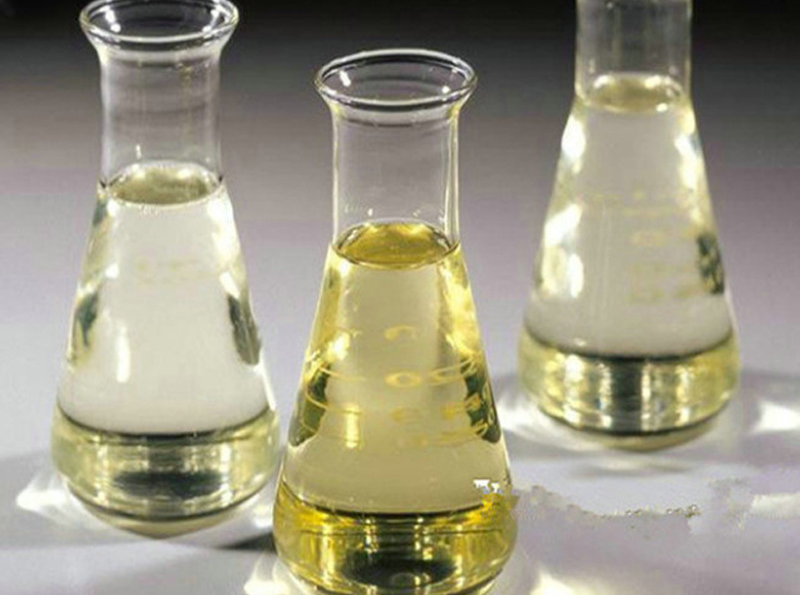**Title: The Unsung Heroes Inside Your Soap Bubbles: What Surfactants Really Do**
(What Is The Function Of Surfactant)
Ever wonder why soap cuts through grease so easily? Or how shampoo makes such rich lather? Or why your paint doesn’t just slide right off the wall? The answer lies in a special group of chemicals called surfactants. These tiny molecules are everywhere, working hard behind the scenes. They are the secret sauce making many everyday things possible. Let’s dive into the fascinating world of surfactants and see what makes them tick.
**What Exactly is a Surfactant?**
Surfactant stands for “surface-active agent.” That’s a fancy way of saying it makes things happen where surfaces meet. Think about the surface of water. It has a kind of skin, a tension, that makes water bead up. A surfactant messes with that tension. Imagine a surfactant molecule. It has a split personality. One end loves water – it’s hydrophilic. The other end hates water and loves oil or grease – it’s hydrophobic. This dual nature is key. When you add surfactant to water, these molecules rush to the surface. The water-hating tails stick out into the air, away from the water. The water-loving heads stay down in the water. This breaks the water’s surface tension. Suddenly, water can wet things better. It can spread out. It can mix with things it normally wouldn’t, like oil. That’s the basic magic trick. Soap, detergents, shampoos – they all rely on surfactants to get things clean by lowering water’s surface tension and helping it grab grease.
**Why Do We Absolutely Need Surfactants?**
Life would be a lot messier without surfactants. Seriously. Their unique ability to bridge the gap between water and oil is crucial. Water alone can’t dissolve grease or oil. Grease just sits there on your plate. Surfactants change the game. Their hydrophobic tails dive into the grease blob. Their hydrophilic heads stay in the water. This surrounds the grease, breaking it into tiny droplets. Now, the water can wash these droplets away. This is cleaning. But it’s more than just clean dishes. Surfactants are vital for our own bodies. Inside your lungs, special surfactants coat the tiny air sacs. They reduce surface tension there. This stops the sacs from collapsing when you breathe out. Without lung surfactant, breathing would be incredibly difficult, especially for newborn babies. Surfactants make life literally possible and definitely cleaner. They prevent chaos in mixtures, help medicines work, and keep countless products stable.
**How Do These Clever Molecules Actually Work?**
Let’s break down the main jobs surfactants perform. First, they reduce surface tension. By gathering at surfaces like water-air or water-oil, they weaken the forces holding the surface together. Water stops beading up and spreads out instead. This is wetting. Second, they emulsify. Remember the oil and water? Surfactants surround oil droplets, forming protective bubbles called micelles. The hydrophobic tails point inwards, trapping the oil. The hydrophilic heads point outwards, interacting with water. This keeps the oil droplets suspended in the water, creating an emulsion. Think mayonnaise or lotion. Third, they help foam form. Surfactants stabilize the thin films of water around air bubbles, creating foam or lather, like in your bath or on a latte. Fourth, they disperse particles. Surfactants can coat solid particles, preventing them from clumping together and keeping them spread out in a liquid, important in paints and inks. It’s all about the molecule’s two-faced nature finding the best way to arrange itself at interfaces.
**Surfactant Applications: More Than Just Suds**
You encounter surfactants constantly, often without realizing it. Cleaning products are the obvious ones. Dish soap, laundry detergent, toilet cleaner, shampoo, body wash – they all contain surfactants to lift dirt and grease. Personal care items like toothpaste, shaving cream, and makeup removers depend on them. Look around your home. Paints and coatings use surfactants to spread evenly and stick to surfaces. Pesticides and herbicides need them to wet plant leaves effectively. In agriculture, they help nutrients absorb into soil. Industrial processes rely heavily on surfactants for things like metal cleaning, textile processing, and paper manufacturing. Even your food has them! Emulsifiers in ice cream, bread, and salad dressings are often surfactants keeping oil and water mixed. Firefighting foams? Surfactants again. Medical applications include the lung surfactants mentioned earlier and in drug delivery systems to help medicines dissolve or penetrate tissues. They are truly workhorse molecules across countless fields.
**Surfactant FAQs: Your Questions Answered**
**Are all surfactants the same?** No way. There are different types classified by the charge on their water-loving head: anionic (negative charge, common in dish soap, strong cleaners), cationic (positive charge, used in fabric softeners, disinfectants), nonionic (no charge, gentle, common in shampoos, cosmetics), and amphoteric (charge changes with pH, used in personal care). Each type has different properties and uses.
**Are surfactants bad for the environment?** Some older types were problematic, especially non-biodegradable ones that caused excessive foaming in rivers. Today, regulations push for readily biodegradable surfactants. Many modern surfactants break down quickly in sewage treatment plants and the environment. Choosing eco-friendly products helps.
**Can surfactants be harsh on skin or hair?** Yes, some strong anionic surfactants can strip away natural oils, causing dryness or irritation. That’s why milder surfactants, often nonionic or amphoteric, are chosen for shampoos, body washes, and facial cleansers, especially for sensitive skin. Look for sulfate-free options if you have sensitivities.
**What’s the difference between soap and detergent?** Soap is a specific type of surfactant made from natural fats/oils and lye (saponification). Detergents are synthetic surfactants, often derived from petroleum. Detergents generally work better in hard water and are less likely to form scum.
(What Is The Function Of Surfactant)
**Are surfactants safe in everyday products?** When used as directed in approved consumer products, surfactants are considered safe. Regulatory bodies test them thoroughly. Problems usually only arise with improper use, like swallowing large amounts or getting concentrated forms on skin. Always follow product instructions.
Inquiry us
if you want to want to know more, please feel free to contact us. (nanotrun@yahoo.com)




